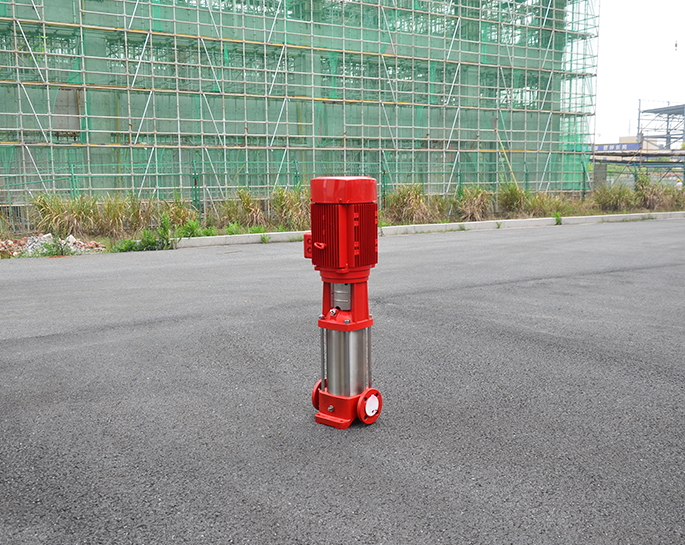What factors should be considered when selecting a jockey pump for a fire protection system?
Apr 26, 2024
Share:
When selecting a jockey pump for a fire protection system, several factors should be considered to ensure optimal performance and reliability:
1. **System Requirements**: Understand the specific requirements of the fire protection system, including flow rate, pressure, and system design.
2. **System Demand**: Analyze the system demand, including peak flow rates and pressure requirements during firefighting operations.
3. **Pump Capacity**: Choose a jockey pump with sufficient capacity to maintain system pressure within the desired range during standby and normal operation.
4. **Pump Size and Type**: Select a pump size and type (e.g., centrifugal, vertical turbine) that is appropriate for the system's hydraulic characteristics and space constraints.
5. **Efficiency**: Consider the pump's efficiency to minimize energy consumption and operating costs over the pump's lifespan.
6. **Reliability**: Choose a jockey pump from a reputable manufacturer known for producing reliable and durable equipment to ensure continuous operation when needed.
7. **Control System Compatibility**: Ensure compatibility with the fire protection system's control and monitoring system to facilitate integration and effective operation.
8. **Environmental Conditions**: Consider the environmental conditions where the pump will be installed, such as ambient temperature, humidity, and potential exposure to corrosive or abrasive substances.
9. **Maintenance Requirements**: Evaluate the maintenance requirements of the jockey pump, including accessibility for servicing and availability of spare parts.
10. **Compliance**: Ensure that the selected jockey pump complies with relevant industry standards, codes, and regulations governing fire protection systems.
11. **Cost**: Compare the initial cost, operating costs, and lifecycle costs of different jockey pump options to make an informed decision based on budget constraints and long-term value.
By considering these factors carefully, you can select a jockey pump that meets the specific needs of the fire protection system and contributes to its reliable and effective operation.

1. **System Requirements**: Understand the specific requirements of the fire protection system, including flow rate, pressure, and system design.
2. **System Demand**: Analyze the system demand, including peak flow rates and pressure requirements during firefighting operations.
3. **Pump Capacity**: Choose a jockey pump with sufficient capacity to maintain system pressure within the desired range during standby and normal operation.
4. **Pump Size and Type**: Select a pump size and type (e.g., centrifugal, vertical turbine) that is appropriate for the system's hydraulic characteristics and space constraints.
5. **Efficiency**: Consider the pump's efficiency to minimize energy consumption and operating costs over the pump's lifespan.
6. **Reliability**: Choose a jockey pump from a reputable manufacturer known for producing reliable and durable equipment to ensure continuous operation when needed.
7. **Control System Compatibility**: Ensure compatibility with the fire protection system's control and monitoring system to facilitate integration and effective operation.
8. **Environmental Conditions**: Consider the environmental conditions where the pump will be installed, such as ambient temperature, humidity, and potential exposure to corrosive or abrasive substances.
9. **Maintenance Requirements**: Evaluate the maintenance requirements of the jockey pump, including accessibility for servicing and availability of spare parts.
10. **Compliance**: Ensure that the selected jockey pump complies with relevant industry standards, codes, and regulations governing fire protection systems.
11. **Cost**: Compare the initial cost, operating costs, and lifecycle costs of different jockey pump options to make an informed decision based on budget constraints and long-term value.
By considering these factors carefully, you can select a jockey pump that meets the specific needs of the fire protection system and contributes to its reliable and effective operation.


.png)
.png)

.png)


